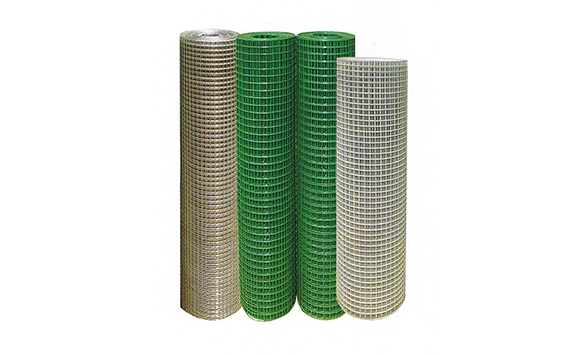
- Mobile Phone
- +8613931874955
- sales@cntcmetal.com
metric extension springs
Understanding Metric Extension Springs A Comprehensive Overview
When delving into the world of mechanical springs, one cannot overlook the significance of metric extension springs. These springs play a pivotal role in various applications due to their unique ability to store and release energy efficiently. Designed to absorb tension, extension springs are essential components in a myriad of devices, from automotive parts to household appliances.
Metric extension springs are characterized by their coiled structure, which allows them to extend under load and return to their original shape when the force is removed. They are typically manufactured using high-carbon steel or stainless steel, enabling them to endure significant tensile stress while resisting deformation. The metric system standardizes their dimensions, ensuring compatibility and ease of integration into international projects.
One of the key advantages of metric extension springs is their flexibility in design. Engineers can specify various diameters, wire thicknesses, and coil counts to suit specific application requirements. This customization helps optimize performance, ensuring that the spring provides the necessary force within the required range of motion. For instance, a spring used in a gym machine needs to provide consistent resistance, while one used in a door mechanism must exhibit reliable extension and contraction with every operation.
metric extension springs

The installation and maintenance of metric extension springs are also relatively straightforward, making them a preferred choice in both industrial and consumer applications. However, it is crucial to pay attention to the spring’s load limits to prevent unwarranted breakage or malfunction. Adequate preload is often necessary to ensure that the spring operates within the specified limits, maximizing its lifespan and reliability.
In terms of safety considerations, users must adhere to proper handling guidelines. Extension springs can store significant amounts of energy, which can be released suddenly if not secured correctly, leading to potential injuries. Manufacturers often provide specifications for safe usage, including the recommended load ratings and installation guidelines.
In conclusion, metric extension springs are indispensable components in the modern mechanical landscape. Their ability to provide controlled tension makes them vital in various applications across different industries. With their customizable features and straightforward installation, they continue to prove their worth in engineering and design, remaining a reliable choice for both manufacturers and consumers alike. Understanding their functionality and best practices for use ensures safety and efficiency, allowing us to harness their potential fully.
share:
-
Yard Sign Stakes: Reliable Guardians of Outdoor SignsNewsAug.04,2025
-
Wall Ties: Invisible Guardians of Building StabilityNewsAug.04,2025
-
Resilient Web: The Super Guardian Power of Concrete MeshNewsAug.04,2025
-
Masonry Accessories: A versatile assistant on building foundationsNewsAug.04,2025
-
Iron Binding Wire: the 'invisible reinforcement specialist' in the fields of architecture and industryNewsAug.04,2025
-
Dynamic Spring: The diverse functions and excellent performance of Wire Tension SpringNewsAug.04,2025
-
Your Source for Concrete Wall Ties and Masonry AccessoriesNewsJul.10,2025



















